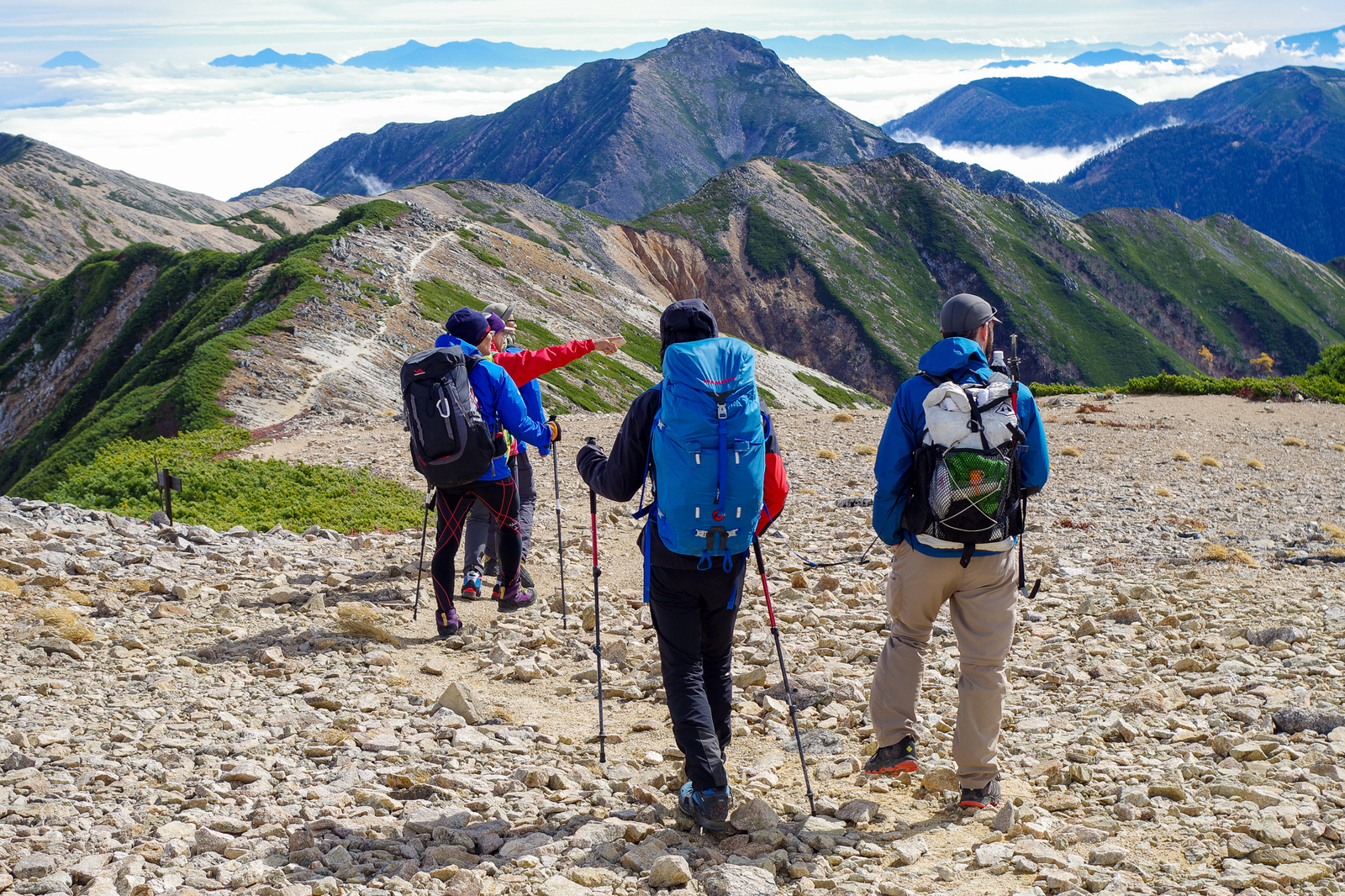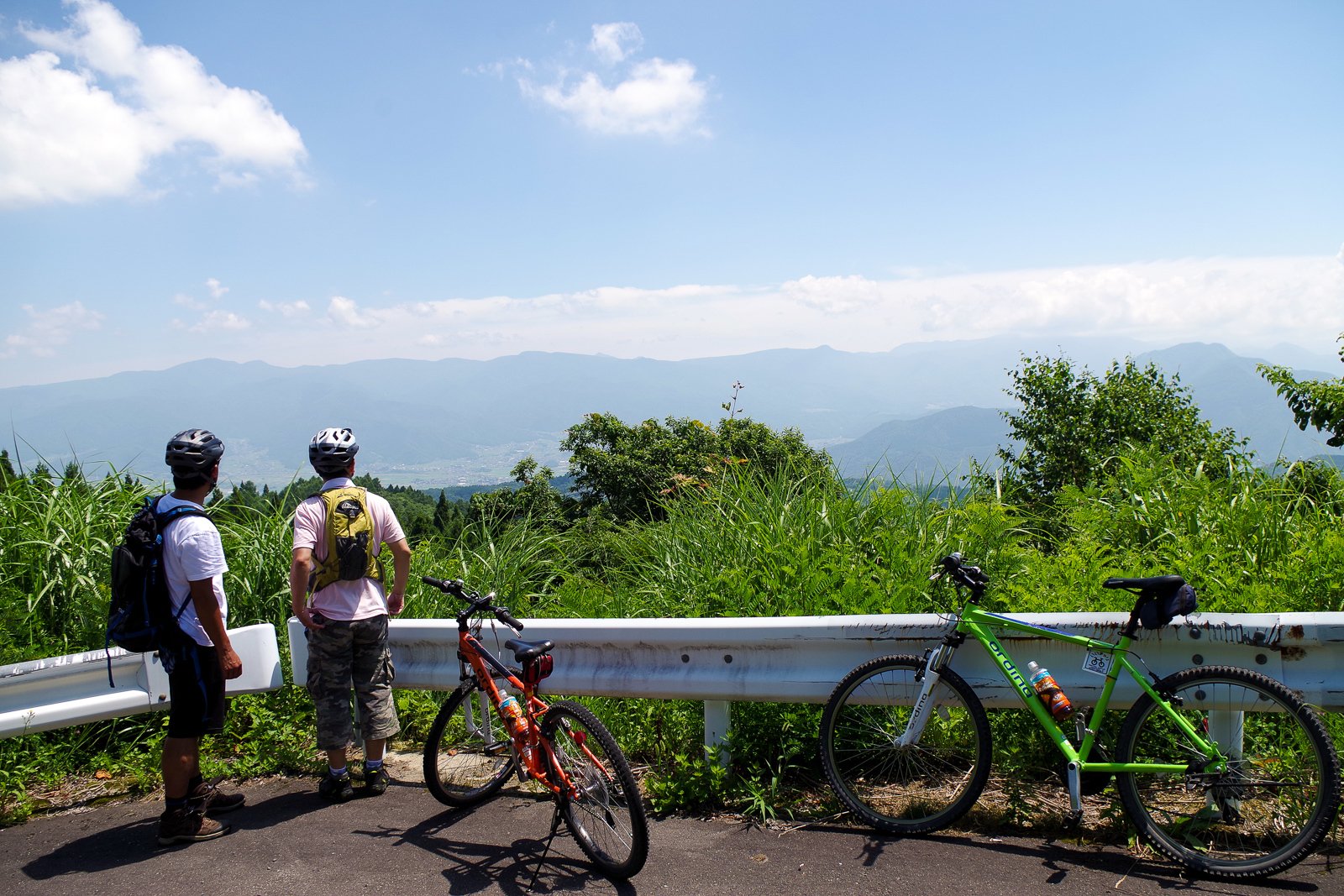Enjoying the Outdoors in Hakuba and Lake Aoki
Escape to the cool mountains and lakes of the Hakuba Valley.
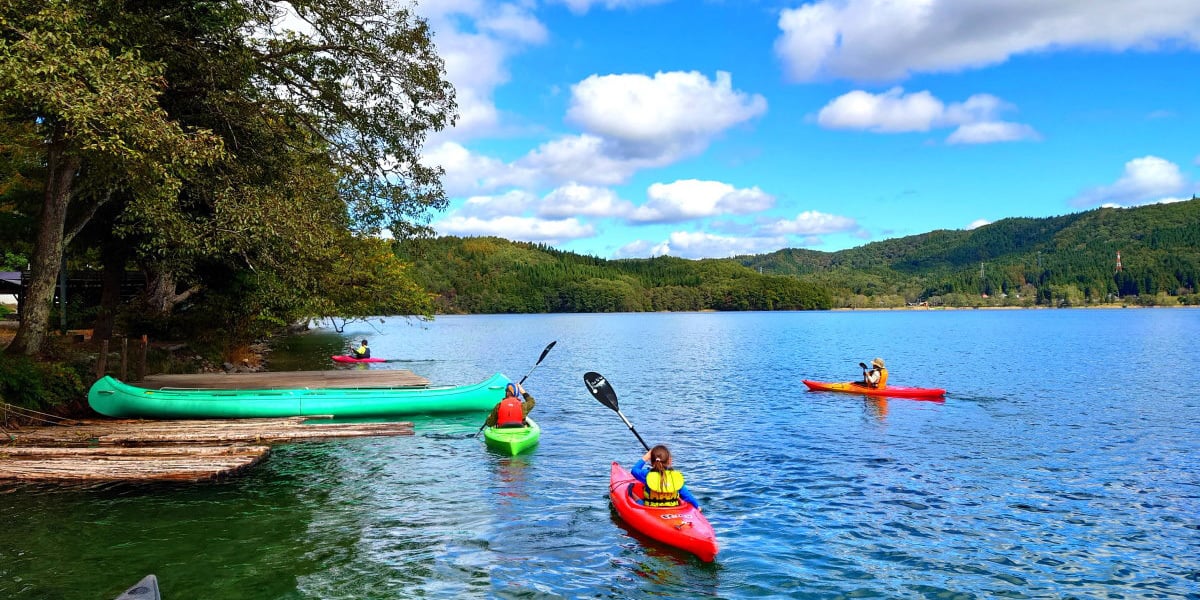
The Hakuba Valley is internationally renowned as a ski resort and attracts many visitors from abroad year after year. But did you know it is also a wonderful area to visit in the spring and summer? After the snow has melted, a whole new way of enjoying this mountainous region is revealed.
Trek through the forests, bike down the mountains, leisurely paddle across its lakes, or sit down in a comfortable spot to enjoy the scenery—there are countless ways of enjoying the picturesque nature of Hakuba and its nearby lakes.
The Hakuba Valley
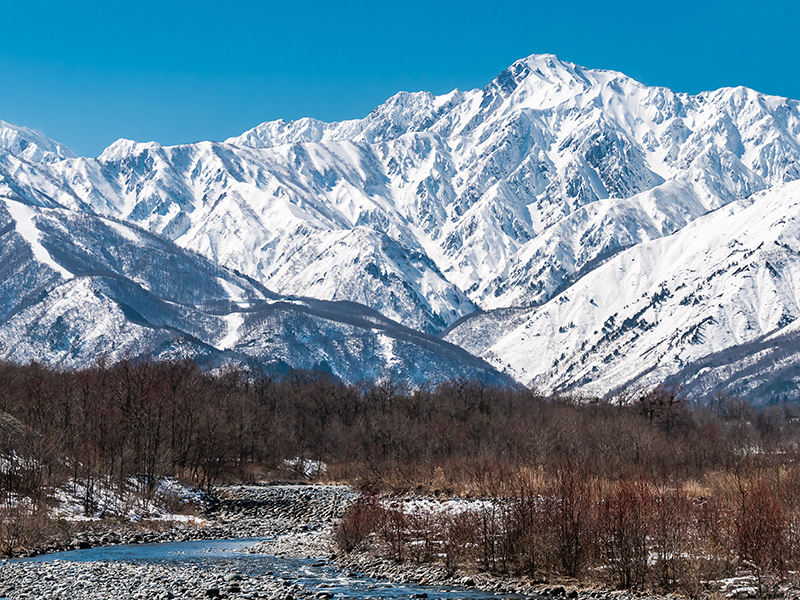
At the base of the Northern Japanese Alps, the Hakuba Valley is characterized by rugged terrain with deep river gorges, high mountain peaks, cirques (deep, steep-walled basins), and moraines (glacial deposits of earth and stones). The climate of this region is very wet, thanks to evaporation from the Sea of Japan (East Sea) creating heavy snowfalls in the winters and the perfect clime for skiing. The range is home to some of the best ski resorts in Japan that also double as amazing summer retreats.
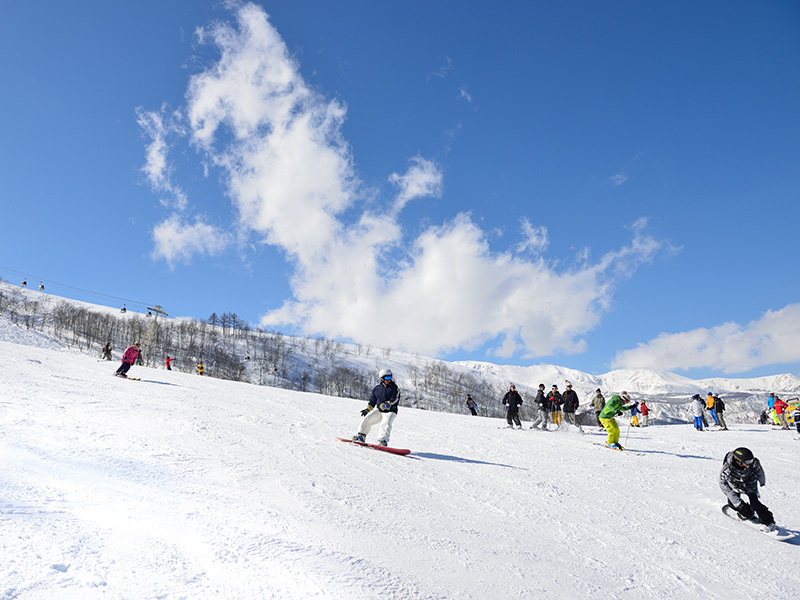
In Winter
Near the end of the Meiji Era (1868-1912), Japan got its first taste of skiing. Hakuba was recognized as a perfect location for the new sport. Most locals acted as mountain guides, but over time some began opening bed and breakfasts called Minshuku. Ski lifts came later and during the Japanese bubble era in the ’80s skiing took off as a popular sport. Then lodges and hotels started popping up all over the area.
The 1998 Nagano Olympics introduced Hakuba as a perfect retreat for skiing. And foreign visitors have been increasing yearly since then. The Hakuba Valley is home to nine resorts, 135 lifts, and over 200 runs that offer an expanse of terrain and around 14 terrain parks. The area’s shared lift ticket gives you access to all of Hakuba’s ski resorts and the free shuttle buses that go between them. Various levels of skiing are available catering to beginners and intermediates alike and many runs are also perfect for experts. For a greater challenge, take to the backcountry for some untouched powder.
In Summer
In the summer Mt. Hakuba overflows with alpine plants and flowers that blossom beautifully along climbing routes in the summers. Blankets of flowers cover the slopes and attract many visitors from mid-July to mid-August.
This time of year brings a load of other activities with it such as hiking, mountain biking, and paragliding. Hakuba's endless blue skies and crisp mountain air make it a magnificent area to experience in spring and summer. Hakuba has various opportunities to hike and bike. The Happo-one gondola is recommended to get up to the mountaintop before hiking your way to Happo Pond. Hikers come to the pond for the breathtaking reflections of the surrounding alps in the calm waters of the pond. Hikes at this altitude bring you so close to the sky you can almost touch it.
For biking, head over to Iwatake Mountain Bike Park and choose from one of their four different courses. Or make your way to Kikori-no-mori Trails, known locally as the Minekata trails. They are supported and maintained by Hakuba village and have amazing views of the Northern Alps. To accommodate mountain bikers, around 40 cycle stations await visitors offering services such as bicycle rental, tool use, air pumps, and restrooms.
A Day Trip to Lake Aoki
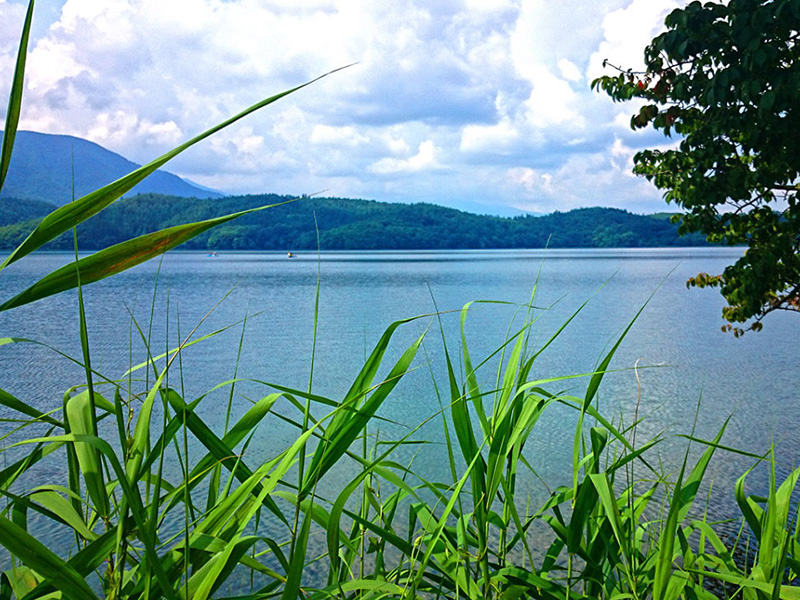
But Hakuba is not all about the mountains. Nearby there are many destinations for day trips. Located in Omachi, Nagano Prefecture, Lake Aoki is one of the Three Lakes of Nishina, alongside Lake Kizaki and Lake Nakatsuna. Lake Kizaki is a popular choice among those who enjoy hot springs, and Lake Nakatsuna is ideal for fishing and viewing cherry blossoms in spring. Out of the three, Lake Aoki is the best choice if you want to enjoy outdoor activities in nature such as canoeing, kayaking, and swimming.
Lake Aoki is about 10 kilometers south of Hakuba and takes around 20 minutes to reach by car. Many visitors come from Hakuba after spending a few days at the resort. What brings them to Lake Aoki? The lake's incredible clarity and stunning natural beauty.
The Nature of Lake Aoki
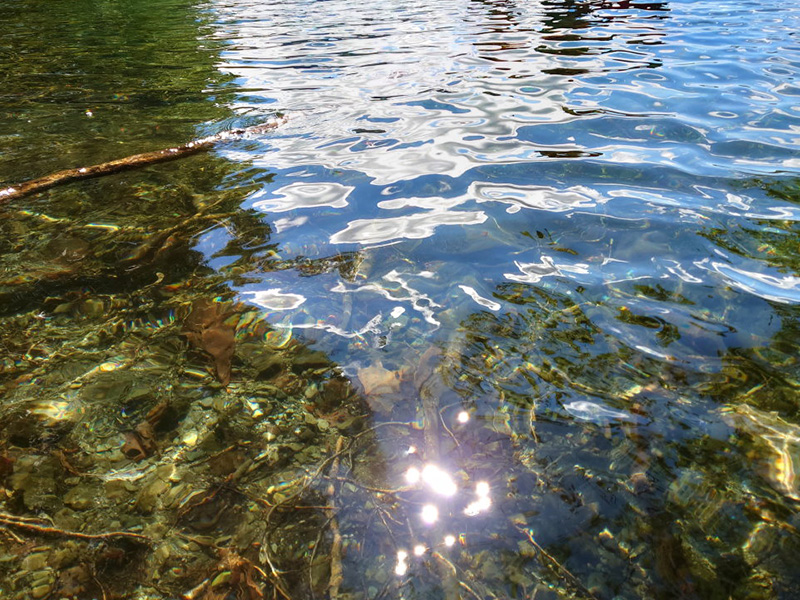
Lake Aoki is in the northern part of Omachi and a tectonic lake. It has a surface of 1.7 square kilometers, and it is the third-largest lake in Nagano Prefecture. And at a depth of 58 meters and an average depth of 29 meters, it is also the deepest lake in Nagano Prefecture.
The most impressive feature of this beautiful heart-shaped lake is how clear the water is. It is almost transparent and it is possible to see clearly up to 9.8 km in depth. People started living around the lake during the Jomon period (14,000-300 BCE), and in modern times the lake stays clear and pristine as motorboats are not allowed.
Another point of interest is that no rivers flow into the lake. The lake is fed by rainfall, snowmelt from the Northern Alps, and natural hot springs below the lake. This is one of the reasons why the lake rarely freezes over in winter, and the water is warmer when compared to other lakes.
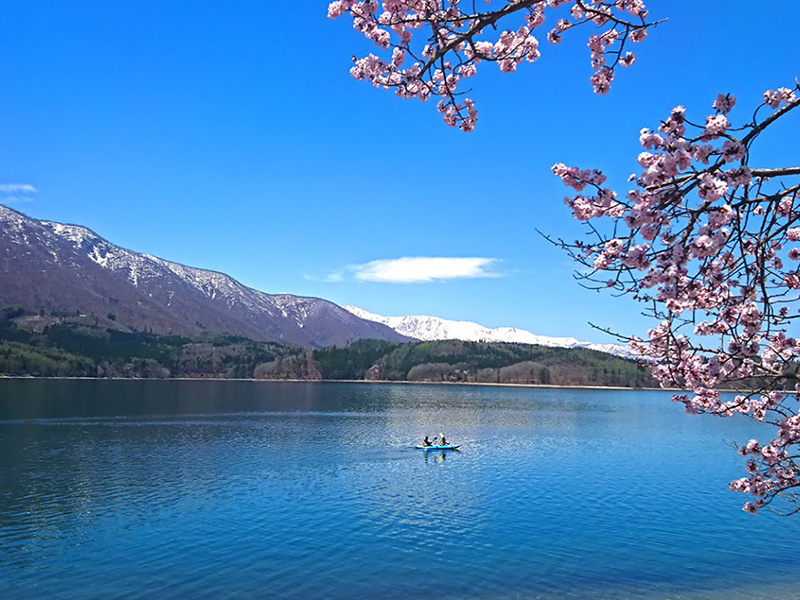
Lake Aoki is a wonderful destination during all seasons. In spring, visitors enjoy hanami by having picnics under the cherry blossom trees around Lake Aoki and taking in the wonderful views. In summer, you can enjoy the clear water and a large variety of water activities. In fall, thousands of visitors find themselves moved by the beauty of the leaves on the mountains changing into Autumn colors. Finally, in winter, you can contemplate the solemn beauty of the Northern Alps.
Water Activities
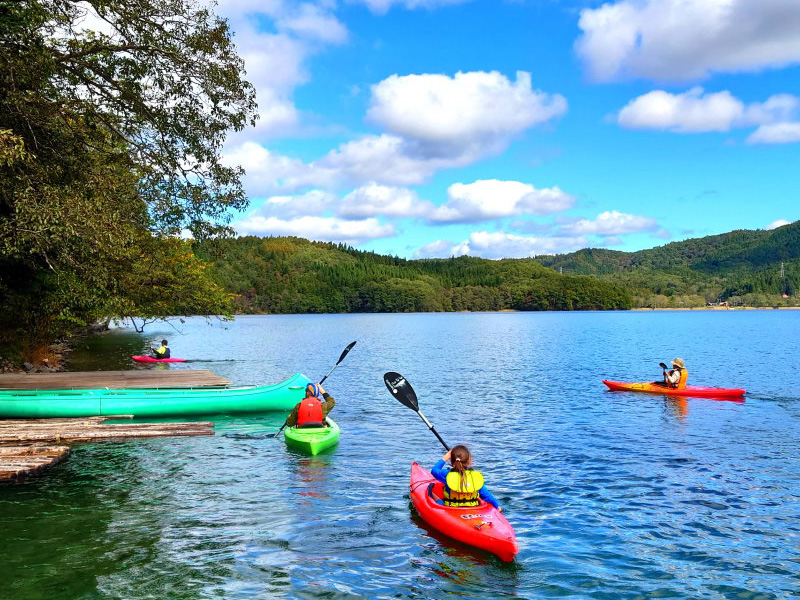
Lake Aoki is ideal for water activities. With no rough waves, you can stop anywhere and admire the lake in all its beauty. Summer is the best season to enjoy lake activities like canoeing, kayaking, or standup paddleboarding (SUP), as well as having picnics.
Having a knowledgeable and reliable guide can assist you in making the most of your time. The Evergreen Outdoor Center, run by Canadian CEO Dave Enright, provides English guides and services for a variety of activities throughout the year. Guides will give you all the help you need to try canoeing, kayaking, or standup paddleboarding in the spring and summer.
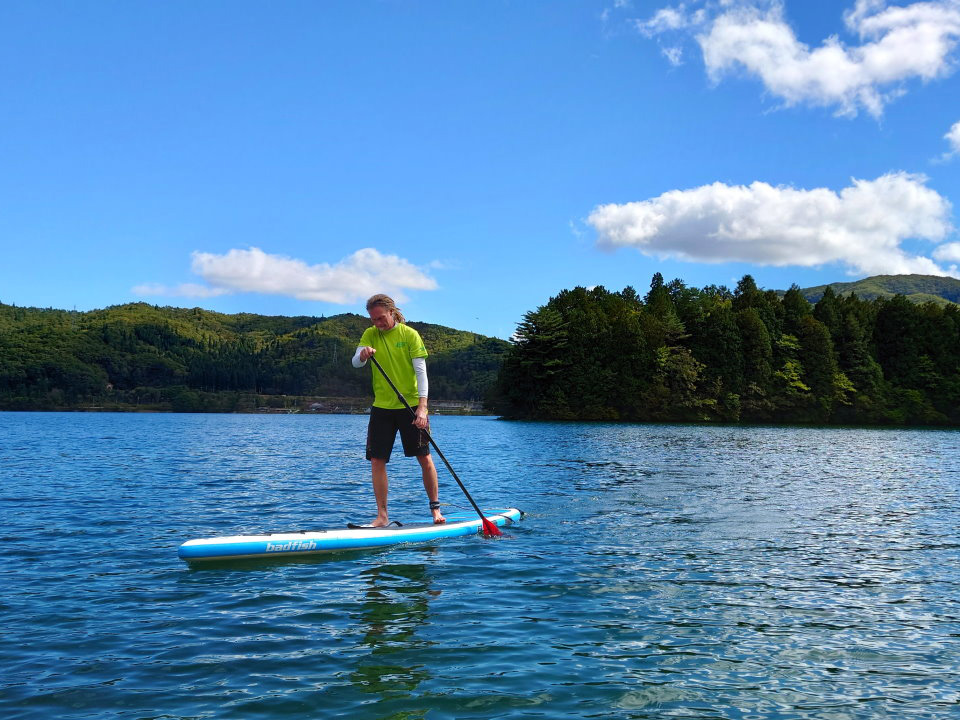
Observing Nature and Wildlife
Lake activities are an amazing way to admire nature and wildlife from close by. The transparent lake water and the trees and mountains that surround the lake are stunning. If you are canoeing, you can enjoy all the nuances of the water, get closer to the branches of the trees, and spectate the beauty of nature. While paddling, if you are lucky, you might spot a bear in the tree, but it is a rare sight. Taking a look in the waters of the lake, you can see fish like black bass, kokanee salmon, Japanese carp, and Japanese pond smelts.
Firefly Watching Tours
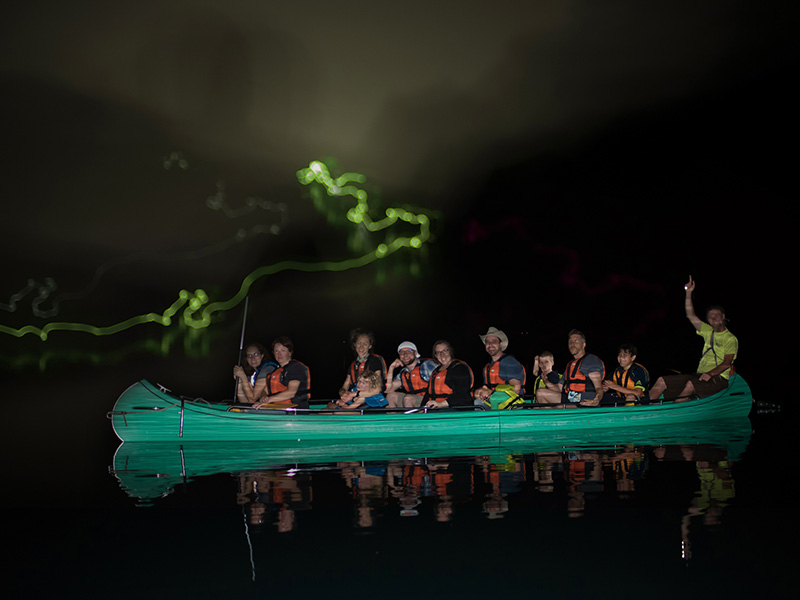
Summer is the prime time to watch fireflies (hotaru) on the lake at night. Clean water is essential for fireflies to grow, and Lake Aoki has some of the purest. If you come to the lake at night, you can watch them light up the night sky as they fly about, leaving an indelible impression on anyone watching. Fireflies can be seen enjoy from late July (the end of the rainy season in Japan) to mid-August. Evening canoe tours offer a rare chance to see these beautiful yet short-lived creatures.
Conclusion
The Northern Alps offer a plethora of outdoor activities. In the summer, stretch your legs on mountain hikes, enjoy biking surrounded by beautiful nature and take a canoe for a spin on the waters of Lake Aoki. In winter, shred the slopes or get adventurous and take to the backcountry for pristine snow. The Hakuba area is one of Nagano's best spots for outdoor activities.
Directions
For Hakuba, take the Hakuba line bus from Nagano Station or the JR Oito Line from Matsumoto Station and get off at Hakuba Station.
For Lake Aoki, take the JR Oito Line from Matsumoto Station or Hakuba Station to Yanaba Station. Then, walk for 20 minutes to the lake.

